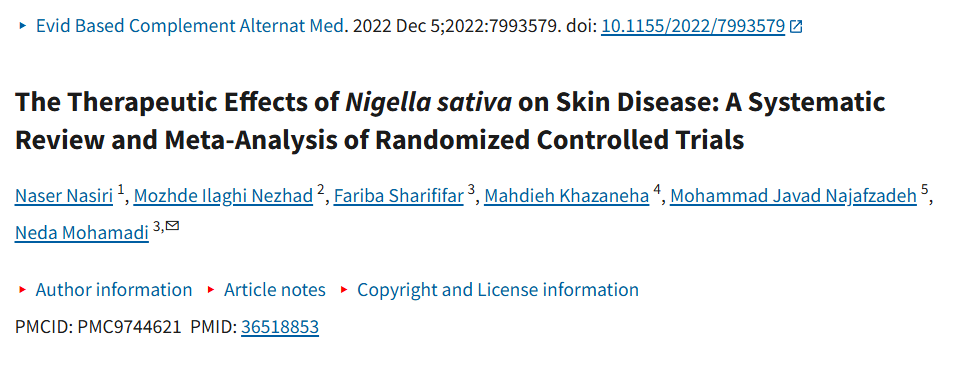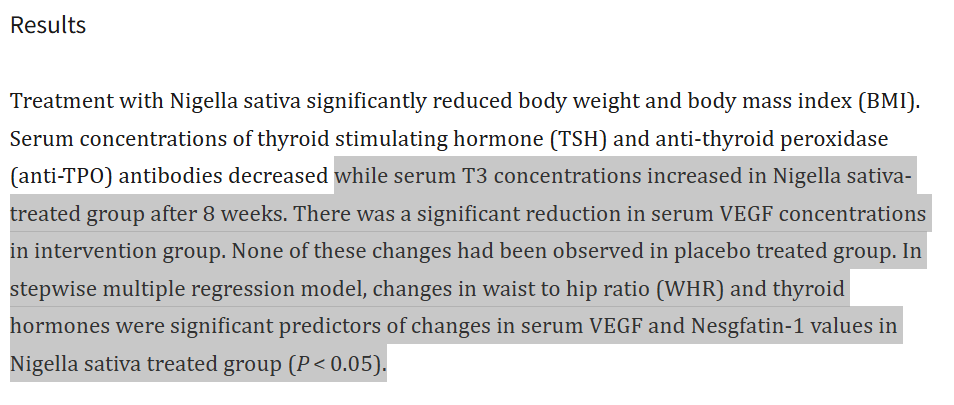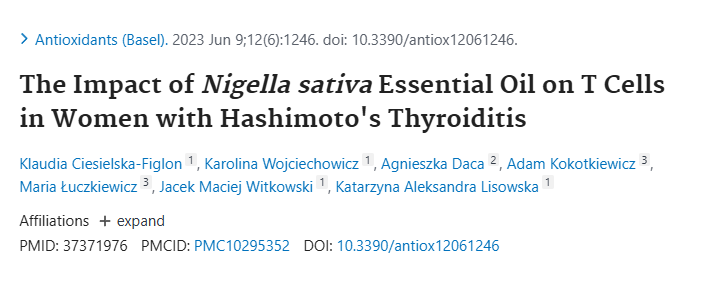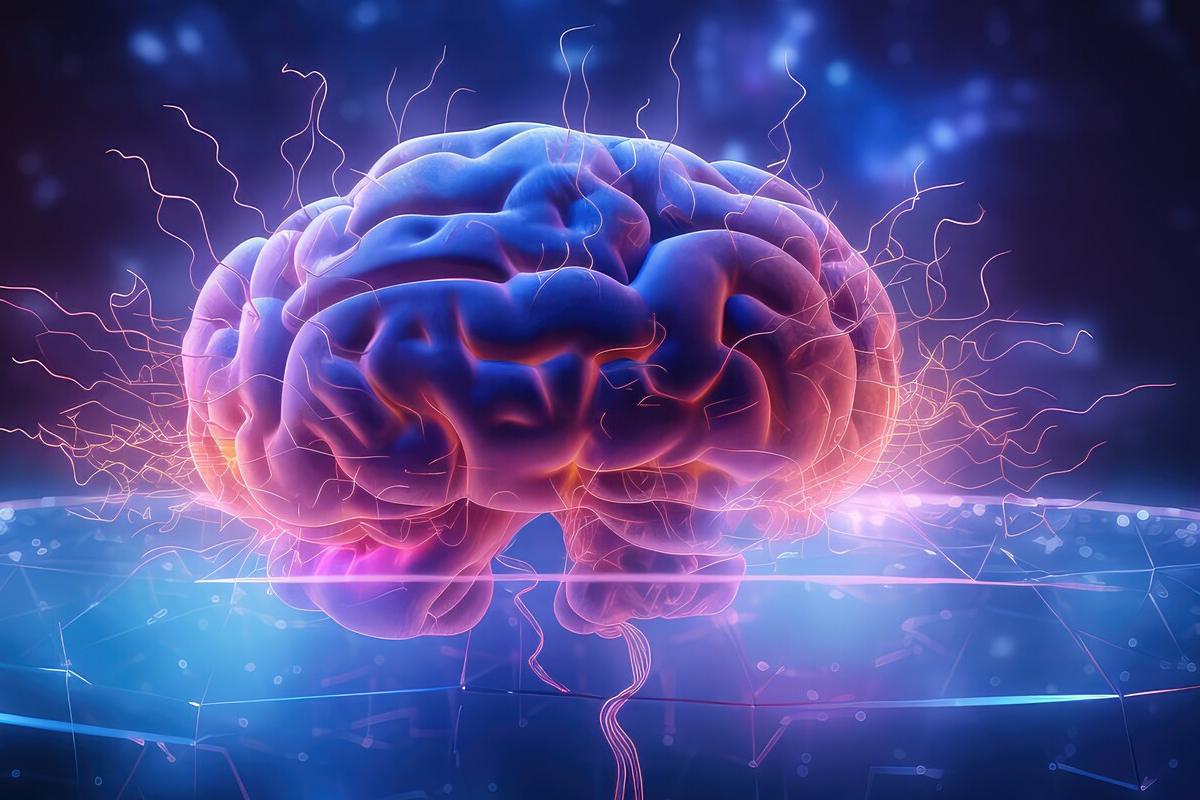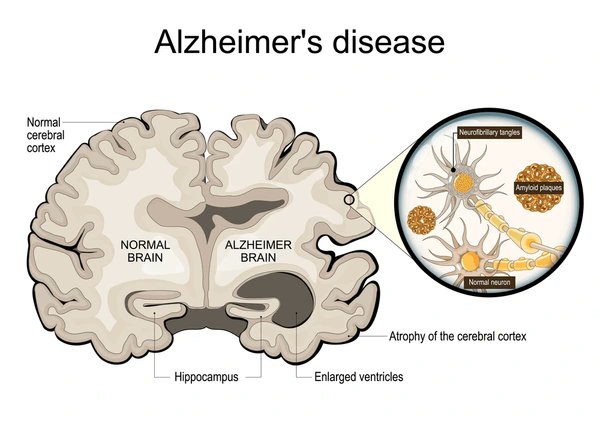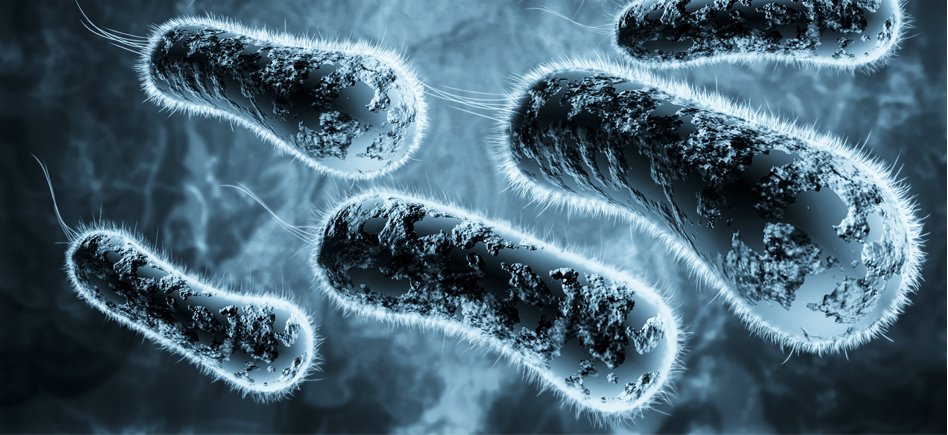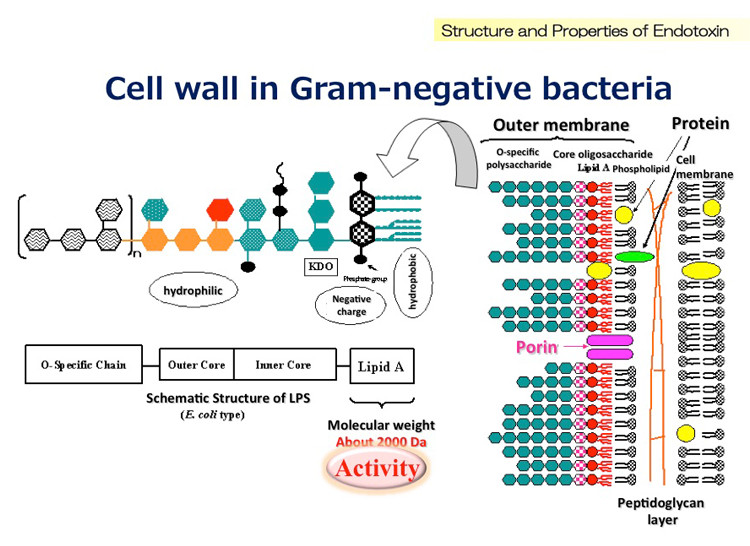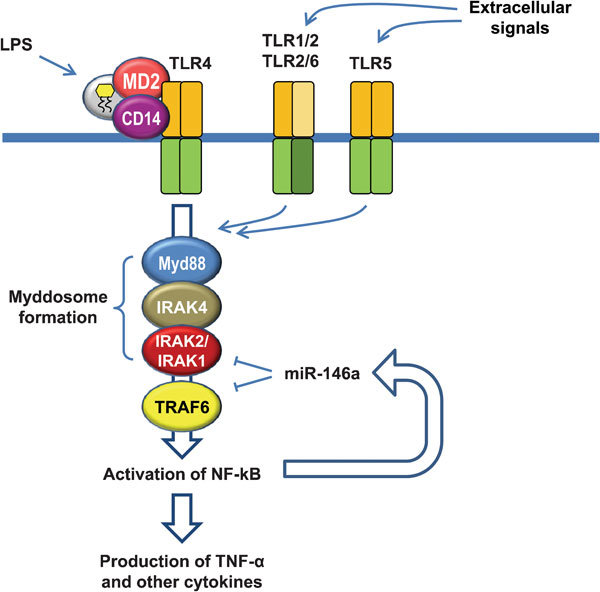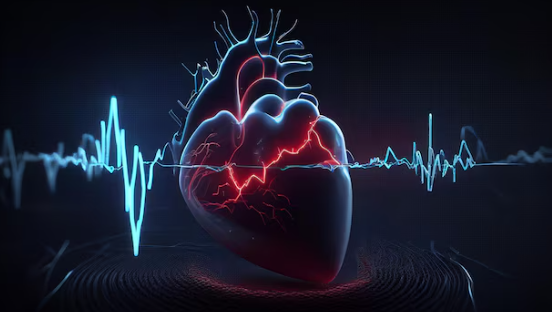If you are interested in improving your health, the “oil of the pharaohs”, aka black seed oil, should be a staple in your arsenal.
There probably isn't any other medicinal food that can do (or greatly assist) ALL of the following:
•Increase glutathione levels
•Improve insulin sensitivity
•Enhance amyloid clearance
•Improve the function of the immune system
•Support endothelial function
•Reduce inflammation
•Suppress mast cell degranulation
•Improve lipid profiles
•Improve a wide range of skin issues
•Lower blood pressure
•Improve male fertility
•Modulate the stress-sleep-immunity axis
•Increase BDNF and support neuroplasticity overall
•Has anticancer potential (potential, it’s not a “cure”)
•Has great antifungal and antibacterial properties
and way more, while also having few side effects (sorry, but everything will have side effects for some people).
So here’s how this oil is able to accomplish all these, who could benefit from its use, who should stay away from it and more.
Thread🧵

There probably isn't any other medicinal food that can do (or greatly assist) ALL of the following:
•Increase glutathione levels
•Improve insulin sensitivity
•Enhance amyloid clearance
•Improve the function of the immune system
•Support endothelial function
•Reduce inflammation
•Suppress mast cell degranulation
•Improve lipid profiles
•Improve a wide range of skin issues
•Lower blood pressure
•Improve male fertility
•Modulate the stress-sleep-immunity axis
•Increase BDNF and support neuroplasticity overall
•Has anticancer potential (potential, it’s not a “cure”)
•Has great antifungal and antibacterial properties
and way more, while also having few side effects (sorry, but everything will have side effects for some people).
So here’s how this oil is able to accomplish all these, who could benefit from its use, who should stay away from it and more.
Thread🧵
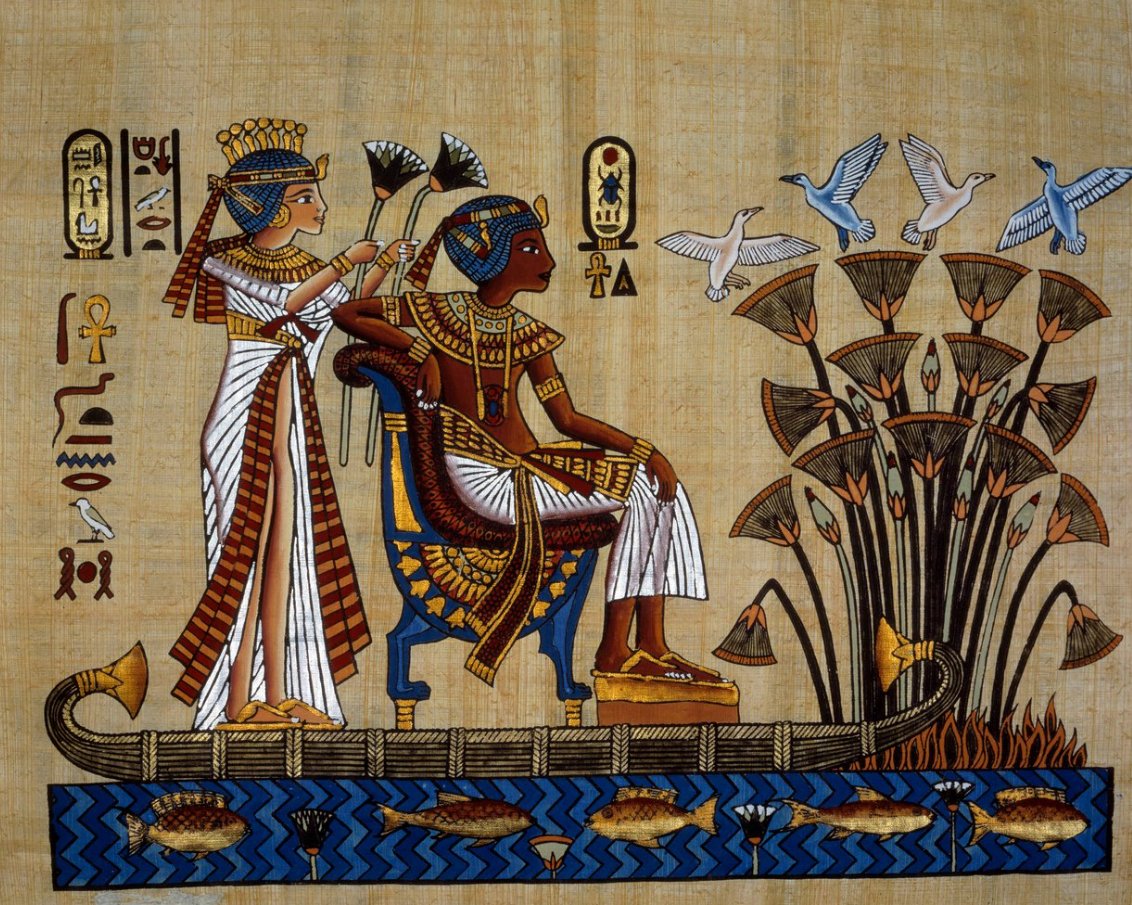
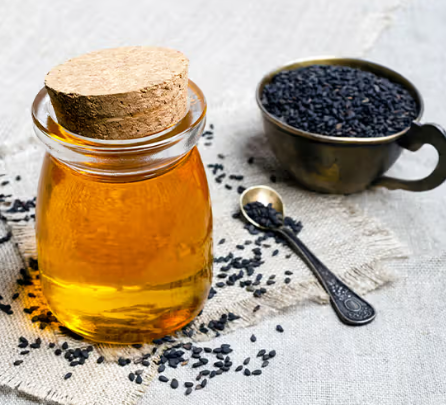
*Standard disclaimer that nothing in this thread should be used as a substitute for medical advice*
It’s George.
Derivatives of black seeds, such as black seed oil, have been cultivated and used for almost 3,000 years in various cultures.
Some archaeological evidence suggests that these seeds were used as early as 2,000 BCE in Mesopotamia and these seeds were even discovered in the tomb of Tutankhamun.
For thousands of years, physicians have used it to treat a range of ailments, from digestive issues to skin conditions.
It’s George.
Derivatives of black seeds, such as black seed oil, have been cultivated and used for almost 3,000 years in various cultures.
Some archaeological evidence suggests that these seeds were used as early as 2,000 BCE in Mesopotamia and these seeds were even discovered in the tomb of Tutankhamun.
For thousands of years, physicians have used it to treat a range of ailments, from digestive issues to skin conditions.

Here are some fun facts about black seed oil:
-Cleopatra used black seed oil for her skin and hair.
-The ebers papyrus which is one of the oldest known medical texts (1550 BCE), references black seeds for their therapeutic properties, particularly for digestive and respiratory issues.
-Black seed oil was likely used to embalm mummies.
-Hippocrates reportedly used black seed oil to treat digestive disorders and liver ailments, recognizing its ability to soothe inflammation and support detoxification.
-Dioscorides described black seed as a treatment for headaches, toothaches, and respiratory issues, noting its warming and stimulating properties.

-Cleopatra used black seed oil for her skin and hair.
-The ebers papyrus which is one of the oldest known medical texts (1550 BCE), references black seeds for their therapeutic properties, particularly for digestive and respiratory issues.
-Black seed oil was likely used to embalm mummies.
-Hippocrates reportedly used black seed oil to treat digestive disorders and liver ailments, recognizing its ability to soothe inflammation and support detoxification.
-Dioscorides described black seed as a treatment for headaches, toothaches, and respiratory issues, noting its warming and stimulating properties.


-In the Roman Empire, black seeds were used as a spice and medicine, often mixed with wine or honey to treat colds, infections, and skin conditions.
-Muhammad stated that “The black seed can heal every disease, except death”.
-Ibn Sina praised black seed for its ability to stimulate energy, aid recovery from fatigue, and treat respiratory and digestive disorders.
-In traditional Chinese medicine black seeds were used for their ability to “move qi” and support respiratory health.
-Muhammad stated that “The black seed can heal every disease, except death”.
-Ibn Sina praised black seed for its ability to stimulate energy, aid recovery from fatigue, and treat respiratory and digestive disorders.
-In traditional Chinese medicine black seeds were used for their ability to “move qi” and support respiratory health.
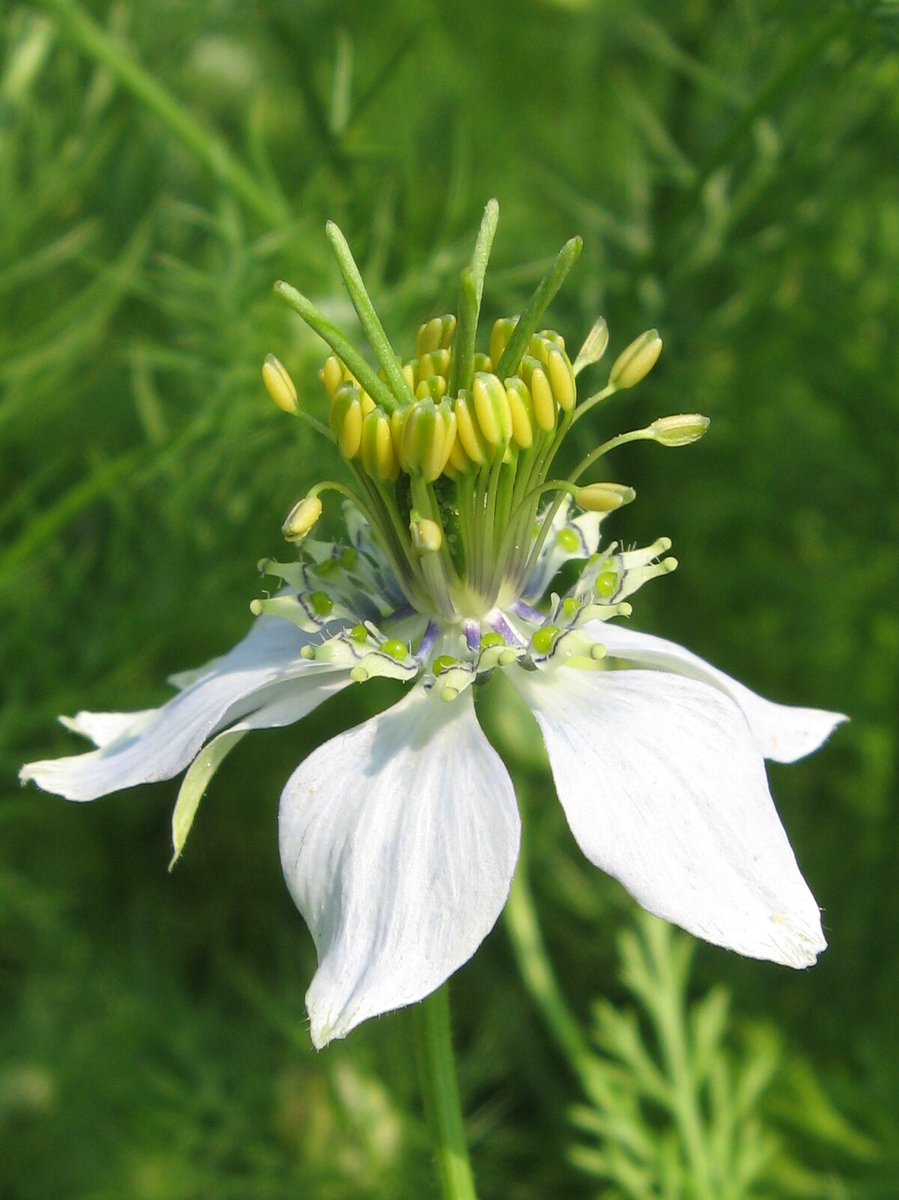
But how is black seed oil able to benefit so many issues and is there any actual research behind these claims?
First and foremost, the primary active compounds in black seed oil are:
-Thymoquinone (TQ) (main one)
-Thymol
-Carvacrol
-p-Cymene
-Sterols
-Alkaloids
-Nigellone (Thymohydroquinone)
First and foremost, the primary active compounds in black seed oil are:
-Thymoquinone (TQ) (main one)
-Thymol
-Carvacrol
-p-Cymene
-Sterols
-Alkaloids
-Nigellone (Thymohydroquinone)
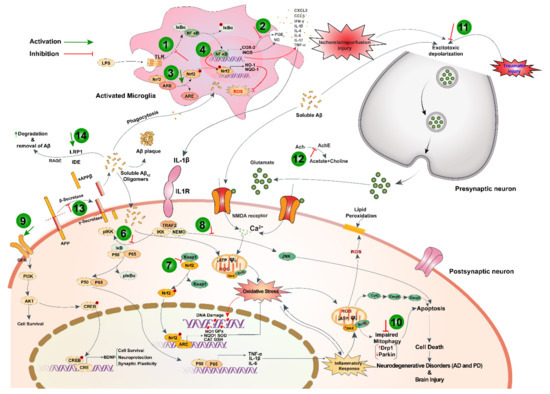
So let’s break these down.
First, we have thymoquinone, which is a monoterpene quinone and the primary bioactive compound in black seed oil.
Its quinone structure (a monoterpene with a p-benzoquinone core) allows it to interact with nucleophilic sites in proteins, enzymes and DNA while its lipophilicity enhances cellular uptake, particularly in lipid-rich environments like cell membranes and the brain.
For example, it:
-Neutralizes free radicals such as superoxide and hydroxyl radicals. This simple act leads to the prevention of oxidative damage to DNA, proteins, and lipids.
-Activates the Nrf2 pathway, which induces expression of antioxidant enzymes like superoxide dismutase (SOD), catalase (CAT), and glutathione peroxidase (GPx).
This results in reduced lipid peroxidation for example or enhancing antioxidant defenses in hepatocytes.
-Reduces the production of pro-inflammatory cytokines such as IL-1β, IL-6 and TNF-α by inhibiting their gene expression.
-Downregulates vascular endothelial growth factor (VEGF).
-Blocks cyclooxygenase (COX) and lipoxygenase (LOX), enzymes responsible for producing inflammatory mediators like prostaglandins and leukotrienes.
You can read more about prostaglandins here since it’s quite an important topic:
x.com/Helios_Movemen…
First, we have thymoquinone, which is a monoterpene quinone and the primary bioactive compound in black seed oil.
Its quinone structure (a monoterpene with a p-benzoquinone core) allows it to interact with nucleophilic sites in proteins, enzymes and DNA while its lipophilicity enhances cellular uptake, particularly in lipid-rich environments like cell membranes and the brain.
For example, it:
-Neutralizes free radicals such as superoxide and hydroxyl radicals. This simple act leads to the prevention of oxidative damage to DNA, proteins, and lipids.
-Activates the Nrf2 pathway, which induces expression of antioxidant enzymes like superoxide dismutase (SOD), catalase (CAT), and glutathione peroxidase (GPx).
This results in reduced lipid peroxidation for example or enhancing antioxidant defenses in hepatocytes.
-Reduces the production of pro-inflammatory cytokines such as IL-1β, IL-6 and TNF-α by inhibiting their gene expression.
-Downregulates vascular endothelial growth factor (VEGF).
-Blocks cyclooxygenase (COX) and lipoxygenase (LOX), enzymes responsible for producing inflammatory mediators like prostaglandins and leukotrienes.
You can read more about prostaglandins here since it’s quite an important topic:
x.com/Helios_Movemen…

-Suppresses the nuclear factor-kappa B (NF-κB) pathway, a key regulator of inflammation, by preventing its activation and translocation to the nucleus, reducing inflammatory gene expression.
-Upregulates pro-apoptotic proteins such as Bax, caspase-3 and caspase-9 while downregulating anti-apoptotic proteins such as Bcl-2, triggering programmed cell death in cancer cells.
-It also inhibits cancer cell proliferation by blocking cell cycle progression by modulating cyclins and cyclin-dependent kinases (CDKs).
-Suppresses the PI3K/Akt pathway, which regulates cell survival, and inhibits NF-κB, reducing tumor growth and metastasis.
-Enhances p53 activity, a tumor suppressor gene, promoting DNA repair or apoptosis in damaged cells.
-Prevents biofilm formation by interfering with microbial adhesion and quorum sensing, critical for pathogen survival.
-Inhibits microbial enzymes essential for metabolism or replication, reducing pathogen viability.

-Upregulates pro-apoptotic proteins such as Bax, caspase-3 and caspase-9 while downregulating anti-apoptotic proteins such as Bcl-2, triggering programmed cell death in cancer cells.
-It also inhibits cancer cell proliferation by blocking cell cycle progression by modulating cyclins and cyclin-dependent kinases (CDKs).
-Suppresses the PI3K/Akt pathway, which regulates cell survival, and inhibits NF-κB, reducing tumor growth and metastasis.
-Enhances p53 activity, a tumor suppressor gene, promoting DNA repair or apoptosis in damaged cells.
-Prevents biofilm formation by interfering with microbial adhesion and quorum sensing, critical for pathogen survival.
-Inhibits microbial enzymes essential for metabolism or replication, reducing pathogen viability.

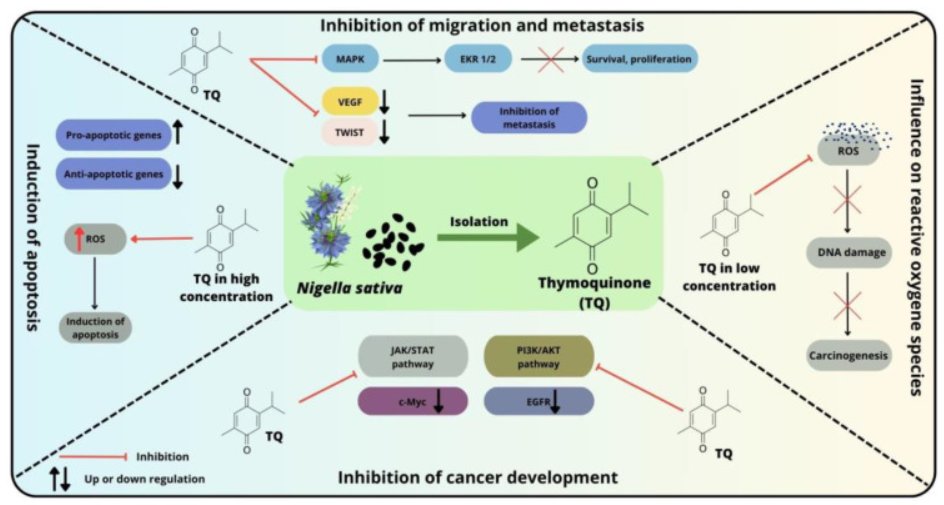
-Is effective against a variety of bacteria such as MRSA, E. coli, fungi such as Candida albicans, viruses such as hepatitis C and parasites such as Plasmodium..
-Modulates lipid metabolism pathways/PPAR-α activation.
-inhibits platelet aggregation, reducing the risk of thrombosis.
-Mitigates oxidative stress in neurons, protecting against damage in Alzheimer’s (beta-amyloid plaques) and Parkinson’s (dopaminergic neuron loss).
-Upregulates brain-derived neurotrophic factor (BDNF), supporting neuronal survival and plasticity.
-Stabilizes neuronal excitability with impacts such as reducing seizure severity in epilepsy.
-Modulates lipid metabolism pathways/PPAR-α activation.
-inhibits platelet aggregation, reducing the risk of thrombosis.
-Mitigates oxidative stress in neurons, protecting against damage in Alzheimer’s (beta-amyloid plaques) and Parkinson’s (dopaminergic neuron loss).
-Upregulates brain-derived neurotrophic factor (BDNF), supporting neuronal survival and plasticity.
-Stabilizes neuronal excitability with impacts such as reducing seizure severity in epilepsy.
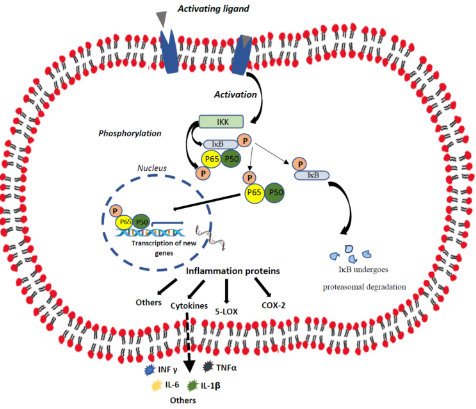
-Improves glucose metabolism and activates AMP-activated protein kinase (AMPK), enhancing glucose uptake and insulin sensitivity via GLUT4 translocation to cell membranes.
-Reduces hepatic glucose production by inhibiting key enzymes like glucose-6-phosphatase.
-reduces liver inflammation by inhibiting NF-κB and TGF-β, preventing fibrosis.
-Suppresses histamine release, reducing allergic responses in rhinitis and asthma.
-Relaxes bronchial smooth muscles, improving airflow.
-Targets Propionibacterium acnes and other skin pathogens.
-Reduces scalp inflammation and may promote hair follicle activity.
-Boosts T-cell proliferation and natural killer (NK) cell activity.
-TQ reduces excessive cytokine production, preventing overactive immune responses in autoimmune conditions.



-Reduces hepatic glucose production by inhibiting key enzymes like glucose-6-phosphatase.
-reduces liver inflammation by inhibiting NF-κB and TGF-β, preventing fibrosis.
-Suppresses histamine release, reducing allergic responses in rhinitis and asthma.
-Relaxes bronchial smooth muscles, improving airflow.
-Targets Propionibacterium acnes and other skin pathogens.
-Reduces scalp inflammation and may promote hair follicle activity.
-Boosts T-cell proliferation and natural killer (NK) cell activity.
-TQ reduces excessive cytokine production, preventing overactive immune responses in autoimmune conditions.
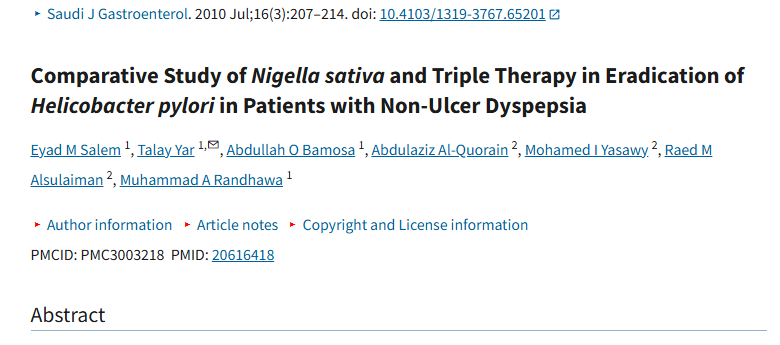



Moving on to thymol.
Thymol (2-isopropyl-5-methylphenol) is a monoterpene phenol that:
-Integrates into bacterial and fungal cell membranes(*), increasing permeability, disrupting ion gradients, and causing leakage of cellular contents.
(*) Most effective for staphylococcus aureus, Bacillus subtilis, Candida albicans, and parasites like Leishmania.
-Inhibits microbial enzymes such as ATP synthase and biofilm formation.
-Inhibits quorum sensing.
-Inhibits cyclooxygenase (COX) enzymes, reducing prostaglandin synthesis, which alleviates pain and inflammation in conditions like arthritis or gingivitis.
-Modulates NF-κB, similar to TQ.
-It may suppress neutrophil activation.
-Prevents oxidative damage to lipids, proteins, and DNA.
-It may upregulate enzymes like superoxide dismutase (SOD) or catalase through Nrf2 activation.
-It targets oral pathogens like Streptococcus mutans and Porphyromonas gingivalis, reducing plaque and gingivitis by disrupting their membranes and metabolism.
Thymol (2-isopropyl-5-methylphenol) is a monoterpene phenol that:
-Integrates into bacterial and fungal cell membranes(*), increasing permeability, disrupting ion gradients, and causing leakage of cellular contents.
(*) Most effective for staphylococcus aureus, Bacillus subtilis, Candida albicans, and parasites like Leishmania.
-Inhibits microbial enzymes such as ATP synthase and biofilm formation.
-Inhibits quorum sensing.
-Inhibits cyclooxygenase (COX) enzymes, reducing prostaglandin synthesis, which alleviates pain and inflammation in conditions like arthritis or gingivitis.
-Modulates NF-κB, similar to TQ.
-It may suppress neutrophil activation.
-Prevents oxidative damage to lipids, proteins, and DNA.
-It may upregulate enzymes like superoxide dismutase (SOD) or catalase through Nrf2 activation.
-It targets oral pathogens like Streptococcus mutans and Porphyromonas gingivalis, reducing plaque and gingivitis by disrupting their membranes and metabolism.
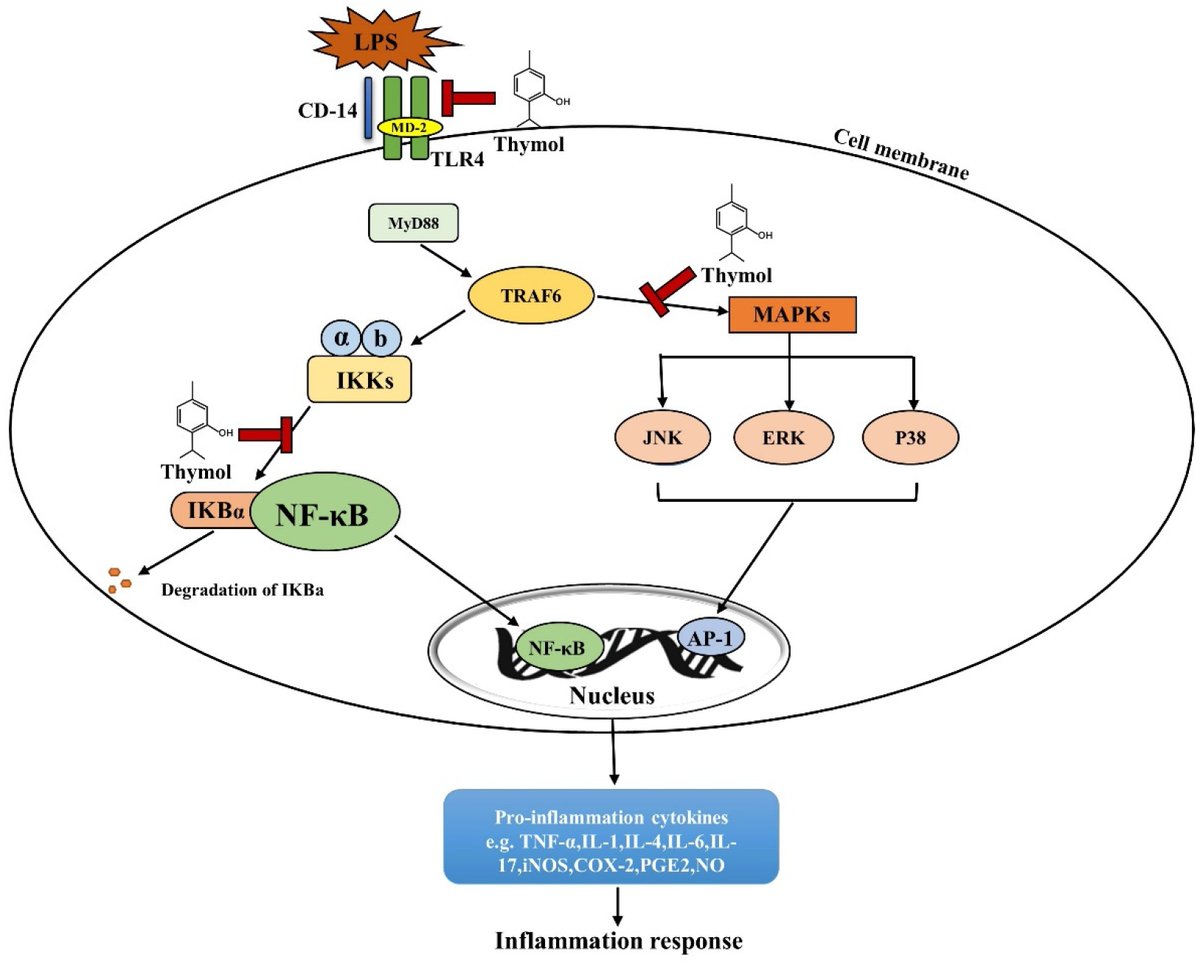
These two are the most active compounds.
When it comes to the rest we have:
-Carvacrol
Carvacrol (5-isopropyl-2-methylphenol) is a monoterpene phenol that:
-Integrates into bacterial and fungal cell membranes, increasing permeability (mainly inPseudomonas aeruginosa, Salmonella spp., Escherichia coli, and fungi like Candida albicans).
-Disrupts quorum sensing and inhibits biofilm formation, reducing pathogen virulence and resistance, as supported by studies on multidrug-resistant bacteria.
-Inhibits microbial enzymes and metabolic pathways in pathogens, impairing energy production and survival.
-Prevents lipid peroxidation and damage to DNA, proteins, and lipids.
-Suppresses the NF-κB pathway.
-Inhibits cyclooxygenase (COX) enzymes, reducing prostaglandin synthesis.
-It MAY suppress neutrophil activation.
When it comes to the rest we have:
-Carvacrol
Carvacrol (5-isopropyl-2-methylphenol) is a monoterpene phenol that:
-Integrates into bacterial and fungal cell membranes, increasing permeability (mainly inPseudomonas aeruginosa, Salmonella spp., Escherichia coli, and fungi like Candida albicans).
-Disrupts quorum sensing and inhibits biofilm formation, reducing pathogen virulence and resistance, as supported by studies on multidrug-resistant bacteria.
-Inhibits microbial enzymes and metabolic pathways in pathogens, impairing energy production and survival.
-Prevents lipid peroxidation and damage to DNA, proteins, and lipids.
-Suppresses the NF-κB pathway.
-Inhibits cyclooxygenase (COX) enzymes, reducing prostaglandin synthesis.
-It MAY suppress neutrophil activation.

-p-Cymene
This one is a monoterpene hydrocarbon (1-methyl-4-isopropylbenzene) that:
-Increases microbial cell membrane permeability
-It may also inhibit cyclooxygenase (COX) enzymes and pro-inflammatory cytokines (less potently than TQ or carvacrol).
-It may modulate transient receptor potential (TRP) channels, contributing to pain relief.
-It might also have some minor antioxidant effects as well.
-Nigellone (Thymohydroquinone)
This is a dimer of thymoquinone that:
-Relaxes bronchial smooth muscles by inhibiting calcium channels or enhancing cyclic AMP (cAMP) signaling, reducing airway constriction.
-Inhibits histamine release from mast cells.
-Scavenges ROS and upregulate antioxidant enzymes.
This one is a monoterpene hydrocarbon (1-methyl-4-isopropylbenzene) that:
-Increases microbial cell membrane permeability
-It may also inhibit cyclooxygenase (COX) enzymes and pro-inflammatory cytokines (less potently than TQ or carvacrol).
-It may modulate transient receptor potential (TRP) channels, contributing to pain relief.
-It might also have some minor antioxidant effects as well.
-Nigellone (Thymohydroquinone)
This is a dimer of thymoquinone that:
-Relaxes bronchial smooth muscles by inhibiting calcium channels or enhancing cyclic AMP (cAMP) signaling, reducing airway constriction.
-Inhibits histamine release from mast cells.
-Scavenges ROS and upregulate antioxidant enzymes.
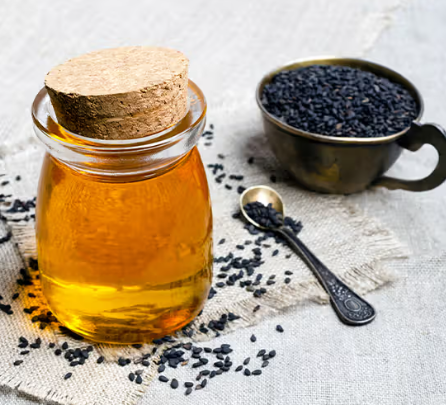
Now that we outlined some benefits, here's who needs to perhaps stay away from it (yes, nothing is a miracle cure for everyone all the time).
-People with severe damage in their gut lining.
-Pregnant women.
Thymoquinone can stimulate uterine contractions.
-People with low blood pressure.
Even though it relaxes vascular smooth muscles and improves endothelial function it will exacerbate hypotension in susceptible individuals.
-People who use anticoagulants/antiplatelets and/or have bleeding disorders overall.
-MAYBE people who use antidiabetic drugs (contact your M.D).
-MAYBE people on statins, SSRIs and antiepileptics.
-People with severe damage in their gut lining.
-Pregnant women.
Thymoquinone can stimulate uterine contractions.
-People with low blood pressure.
Even though it relaxes vascular smooth muscles and improves endothelial function it will exacerbate hypotension in susceptible individuals.
-People who use anticoagulants/antiplatelets and/or have bleeding disorders overall.
-MAYBE people who use antidiabetic drugs (contact your M.D).
-MAYBE people on statins, SSRIs and antiepileptics.
Finally here are some examples of how i use it:
-I choose any cold pressed brand in a nice dark bottle
-As a mouth wash with coconut oil 2/week
-1 teaspoon every other day (my diet has other foods and compounds that can have antibacterial and antifungal properties and more than this will backfire, when i cut those out, i might do 2 tsps 4 times a week)
-When i shave daily for extended time periods and get the occasional razor bump it seems to help
-On my hair twice a month (as a topical for just a few minutes and then i rinse it)
-It helps ME with matt burns BUT it irritates a lot of people so be cautious
-I choose any cold pressed brand in a nice dark bottle
-As a mouth wash with coconut oil 2/week
-1 teaspoon every other day (my diet has other foods and compounds that can have antibacterial and antifungal properties and more than this will backfire, when i cut those out, i might do 2 tsps 4 times a week)
-When i shave daily for extended time periods and get the occasional razor bump it seems to help
-On my hair twice a month (as a topical for just a few minutes and then i rinse it)
-It helps ME with matt burns BUT it irritates a lot of people so be cautious
That's all.
I hope that you found something interesting in this thread.
If you did make sure to leave a like/RT.
I hope that you found something interesting in this thread.
If you did make sure to leave a like/RT.
https://x.com/Helios_Movement/status/1949765845963391254
For more on a variety of health related topics:
fitandball.gumroad.com/l/georgesystem…
fitandball.gumroad.com/l/georgesystem…
• • •
Missing some Tweet in this thread? You can try to
force a refresh


